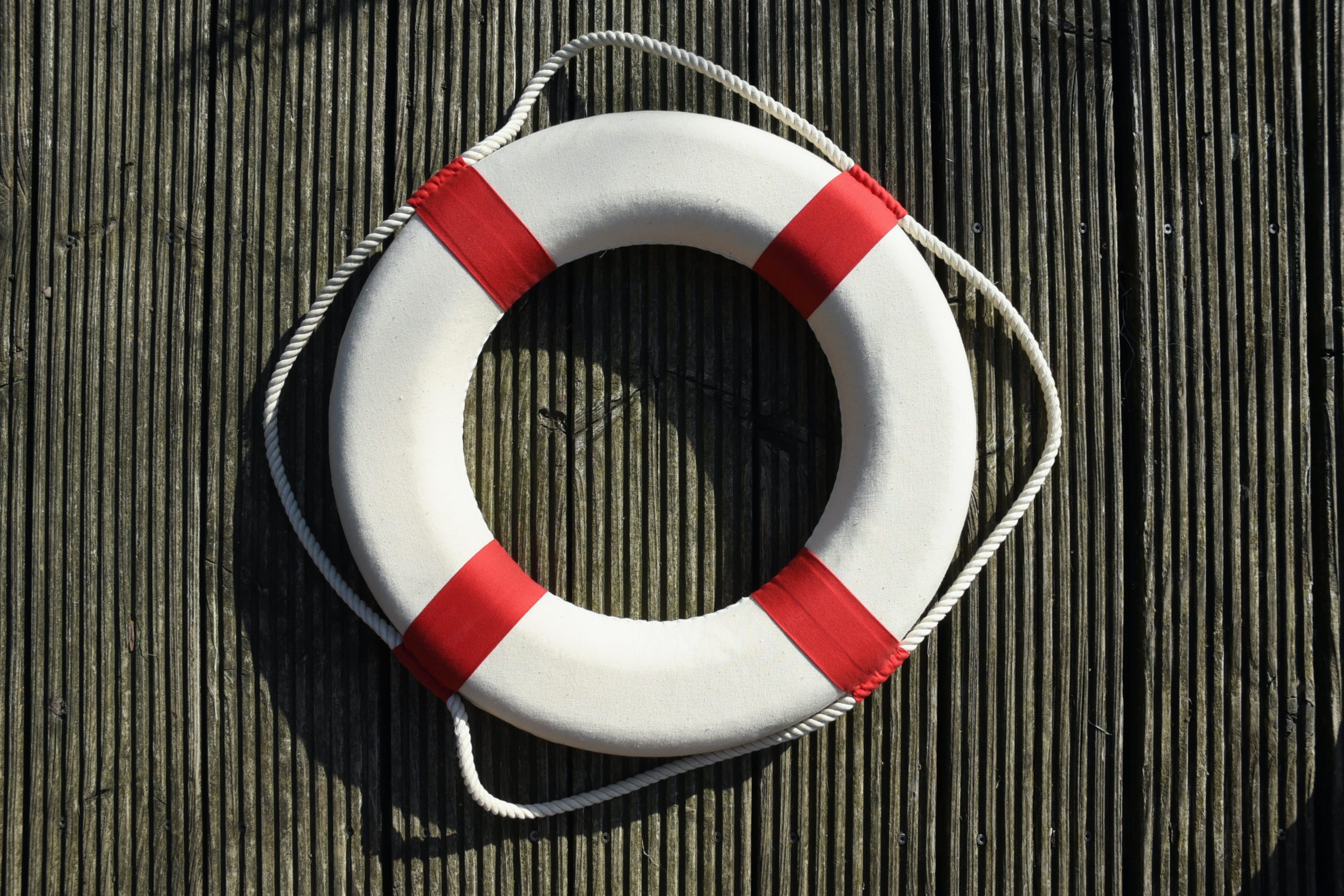During the months I’ve spent reading about and using Twitter, I’ve analogized it to many things, depending on my mood and its usefulness. At various times, I compare it to: a cocktail party; a real-time search engine; email for exhibitionists; a high-school popularity contest; and heroin. Personally, I find it both frustrating and fascinating. But, as a social media brand communications tool, it has many shortcomings.
The media obsession with Twitter, most recently demonstrated in a Time Magazine cover story, keeps pushing expectations higher, which only threatens to turn it into a poster child for social media hype.
Dell proves Twitter can sell products
Finally, however, there’s at least one unqualified marketing success that can be chalked up to Twitter. @DellOutlet, established in June 2007 to promote Twitter-exclusive deals on Dell products, reports that it’s sold $3 million worth of products, solely through Twitter. What’s more, half that amount was generated in only the past six months, indicating a steep growth curve. @DellOutlet’s progress in building both a following and a profitable sales division is impressive, though, as pointed out today in mashable.com, the sales volume is miniscule compared to Dell’s $61 billion in sales last year.
But, can Twitter do more than tweet sales and customer service communications? Can it help market brands? For my money, the results just aren’t there. For large, relatively hip brands like Starbucks and Jetblue, it’s a cool new platform to connect with existing customers. And for a few niche players, it’s served as a hyperlocal direct marketing tool.
But Twitter and its users face serious challenges
And they grow grow worse over time. The major ones:
User churn. The “Twitter Quitter” phenomenon has been widely noted. A Nielsen study reports that 60 percent of new Twitter users drop out within a month of using it. There’s a problem with the Nielsen numbers – the study overlooks the Twitter activity that happens outside of the site itself, through mobile platforms like iPhones, or apps like Tweetdeck or Twhirl, but the report clearly show a huge retention issue.
It’s a time suck. Transforming it from a chaotic, one-way channel into a real conversation platform requires planning, content creation and selection, constant pruning and curating of friends and followers; real-time participation in conversations; and continual monitoring, for starters. After a few hundred followers, nurturing connections becomes a full-time job for one or more people.
Its tech fails regularly. At times, using Twitter is like the early days of dial-up Internet. Devotees must put up with regular “fail whales,” template problems, and DM glitches. I’m not as bothered by Twitter’s obvious capacity issues as, say, Forbes columnist Mike Schaffner, because I assume the problems will be fixed, but if its growth continues, that may be a naive assumption.
All this is irrelevant, however, compared to the most nagging question around the Twitter phenomenon. How many are paying attention? Who’s engaged? A new Harvard Business Journal study reports that the top ten percent of users are responsible for 90 percent of all tweets, and most disconcerting – fully half of Twitter users tweet only once every 74 days. It might as well be once a year. The implication is that Twitter is a kind of micro-broadcasting medium, rather than one that enables a true conversation. Maybe no one’s really listening.
Since conversation with customers and others is the holy grail of Web 2.0 communications, this is a major failing. And, no other platform or mass community really enables that conversation. I’d argue that on a typical Facebook brand page, users and fans are talking to one another, hopefully about the brand in question, rather than interacting with the brand itself. If that’s the case, those who invest in Twitter are getting not a brand communications medium, or even a tool for building relationships, but a quirky direct-marketing tool, and the illusion of influence.

